Red Light Therapy for Hair Growth: Scam or Smart? 🚨
Make it stand out
Whatever it is, the way you tell your story online can make all the difference.
I have been a big fan of red light over the last few years. It is a regular part of my morning routine during the fall and winter months, and I also regularly use it before bedtime! If you've been following the blog for a while, you know that at 29, I started letting my natural hair grow out- including the gray strands.
Since then, I have been on a journey of learning how to take better care of my hair. So when I started hearing that red light therapy can help to support hair growth, I was excited to dig into some studies and start seeing if I noticed any benefits in my own life (and hairline).
What is red light therapy?
Red light therapy (RLT), also known as low-level laser therapy (LLLT) or photobiomodulation, involves exposing the skin or scalp to specific wavelengths of red or near-infrared light. The idea is that these wavelengths penetrate deep into the tissues, stimulating cellular activity and increasing blood flow.
Devices range from full-body panels and masks to scalp-specific laser caps and combs. They’re painless, non-invasive, and becoming increasingly popular in both dermatology offices and at-home routines.
How Does Red Light Therapy Work for Hair Growth?
The theory behind red light therapy for hair growth is pretty fascinating. Here’s how it works:
Stimulates Hair Follicles: The red light penetrates the scalp and energizes cells in the hair follicles, especially the mitochondria, which may help revive dormant follicles and promote new growth.
Improves Blood Flow: Better circulation means more oxygen and nutrients delivered to the scalp—two essential ingredients for healthy hair.
Reduces Inflammation: Chronic scalp inflammation can lead to hair loss. Red light therapy may help calm this inflammation and create a healthier environment for hair to thrive.
Extends the Growth Phase: Hair goes through cycles (growth, rest, and shedding). Some research suggests RLT may extend the anagen (growth) phase, which means longer, thicker hair over time.
What Does the Research Say?
While red light therapy won’t give you Rapunzel hair overnight, there is growing scientific evidence that supports its role in promoting hair growth—especially in people experiencing androgenetic alopecia (male or female pattern hair loss).
a small double-blind randomized study of 44 men with androgenic alopecia showed significantly improved hair counts after visible red light laser therapy. A similar study showed comparable results in females
This 24-week observational study with 50 people showed a significant increase in hair density and hair count, while also showing decreased sebum secretion.
More recent clinical trials suggest combining red light therapy with other treatments (like oral or topical minoxidil or microneedling) may enhance results.
That said, individual results can vary—and more long-term research is still needed. These studies also recommended best results were seen with consistent use, as some noticed a decrease in hair health after the study ended. As with most things-- consistency is key. But across the board, numerous studies show that low-level light therapy can be an effective treatment for hair loss and thinning.
Who Might Benefit from Red Light Therapy?
Red light therapy may be a good option if you’re experiencing:
Thinning hair or early-stage hair loss
Postpartum shedding
Age-related hair thinning
Male or female pattern baldness (especially if it runs in your family)
While hair loss treatments can improve with the effects of red light therapy, it is important to take a holistic approach to treat the underlying cause if possible. For example, if you have PCOS and your hair loss is due to hormonal changes, make sure you are also incorporating foundational health practices to support healthy hormonal balance.
It’s important to note that this therapy is most effective when used consistently over several months and tends to work best in the early stages of hair loss.
At-Home Devices vs. Professional Treatments
There are FDA-cleared laser caps and combs available for at-home use, and many people see results with these—especially when used regularly (think: 3–5 times per week). Professional treatments offered by dermatologists or hair clinics may be stronger or more targeted, but they also come with a higher price tag. That is why I opt (and recommend) a home device. Not only can you use your red light device for hair health, but for overall wellness support as well!
My Favorite Red Light Device
Over the last few months I have been using Lumaflex. I have tried a few red light therapy devices over the last few years, and this one has recently been my favorite. One of the biggest issues with DIY red light treatment is figuring out the dose. The further away from the panel you are, the less the dose, and the longer you would need to stay in front of the device for the same results. With Lumaflex, you are placing the flexible panel and light-emitting diodes directly on your skin-- making the effectiveness of red light therapy much more consistent.
It's also the most convenient device I've ever used, as you can simply strap it on while doing something else, eliminating the need to stand in front of the red light device. Occasionally, I struggle with low back pain from a prior injury. Lately, I have been strapping the Lumaflex around my lower abdomen to secure it and treat my lower back. I can do this while I am in the kitchen cooking dinner or doing dishes, writing a blog post, or simply lying in bed.
And while there are some hair-specific devices like this red light therapy helmet, I would much rather invest in something versatile. With one Lumaflex device, you can treat your scalp, your sore shoulder, your face to support aging, you name it.
( I even use this device on my babies— in this picture, my sweet girl had hurt her back. We laid on the couch and she asked for some red light, knowing that is what we do to help care for our own injuries)
Are There Any Side Effects?
Red light therapy is considered safe with minimal side effects. Some users may experience temporary scalp warmth or mild redness, but serious reactions are rare. Always follow the manufacturer’s instructions and consult with your healthcare provider, especially if you have a medical condition or are on medications that increase light sensitivity.
Personally, I find it really relaxing. It forces me to literally slow down and be still for 10-15 minutes in the evening. (Although, with the Lumaflex, you can literally strap it on and wear it during your workouts if you wanted 👏)
My Personal Results
Since ditching the dye and growing out my natural hair, I have noticed so much hair regrowth. It is honestly kind of crazy how many small new hairs I have all throughout my scalp. And while red light therapy treatments have been a part of my routine, I have also had some lifestyle changes that can affect my hair growth cycle.
Breastfeeding- over the last 6 months, I have been in the process of gradually weaning my second child from breastfeeding. While I was really intentional about staying nourished while breastfeeding, my body now can put those essential nutrients into other areas-- like hair. That is why many women see an increase in hair growth in the months following weaning.
Less heat - I rarely use any hot tools to style my hair, which is known to help prevent breakage.
better scalp care- taking care of my hair has really started with taking better care of my scalp. Lately, I have been loving essential oil treatments and scalp massages to help increase blood circulation and promote healthier hair.
So, there have been lots of factors that have played a role in supporting my overall hair health! Knowing the studies that have been shown on hair growth and red light treatments also has me confident that it has helped play a role too! Especially after seeing the other benefits of red light in my physical health and wellness.
So, Is It Worth Trying?
If you’re struggling with hair loss and looking for a non-invasive, low-risk option, red light therapy might be worth trying. While it won’t work overnight (and results vary from person to person), it does show to be a promising solution—especially when used consistently and combined with other supportive hair health strategies.
I also really appreciate that one red light device can be used to support multiple health goals: promoted healing for injuries, skin health, relaxation, decreased inflammation and more!
Just remember, healthy hair starts from the inside out. Red light therapy may help give your scalp the boost it needs, but good nutrition, stress management, and proper hair care matter just as much.

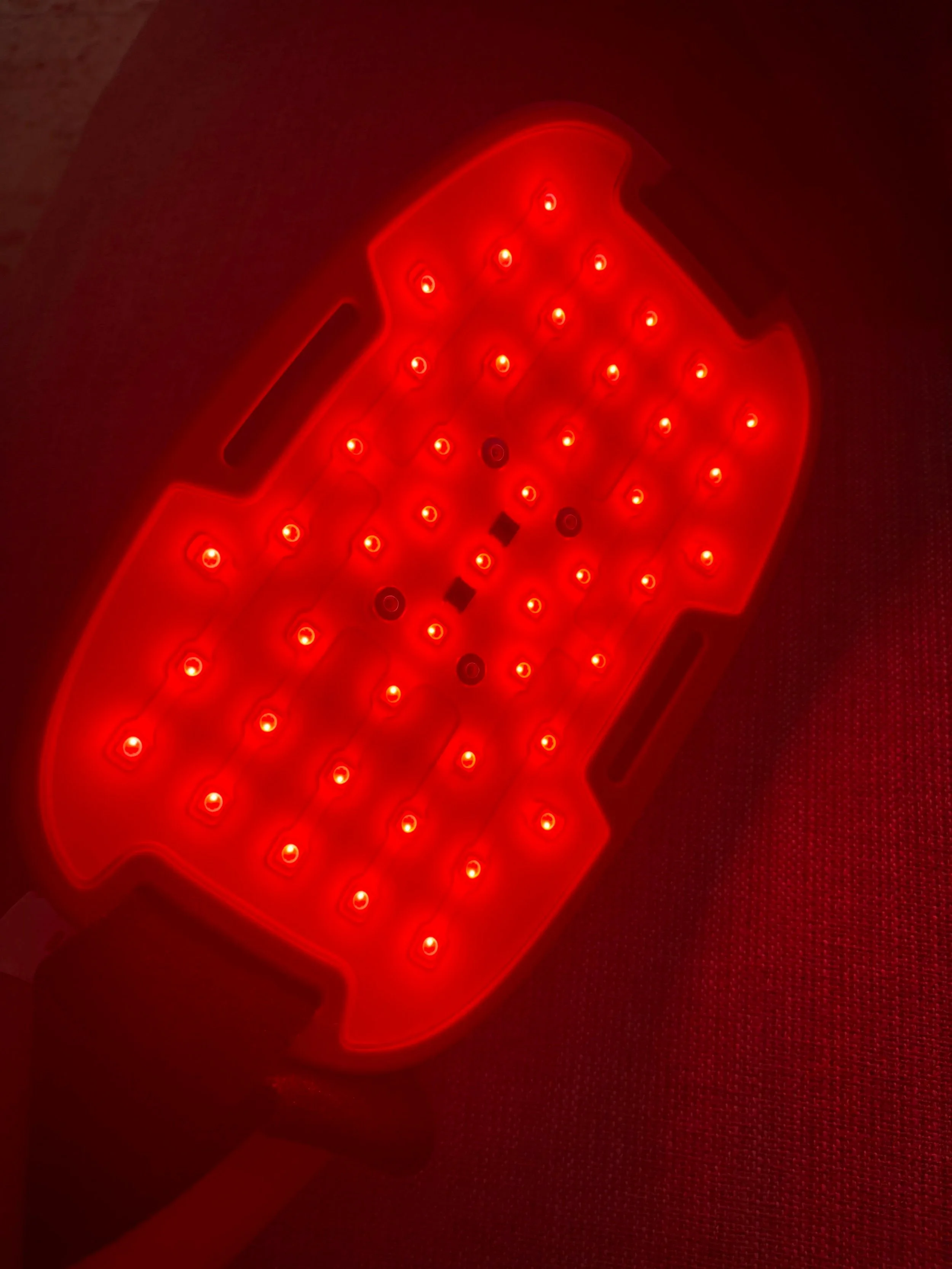
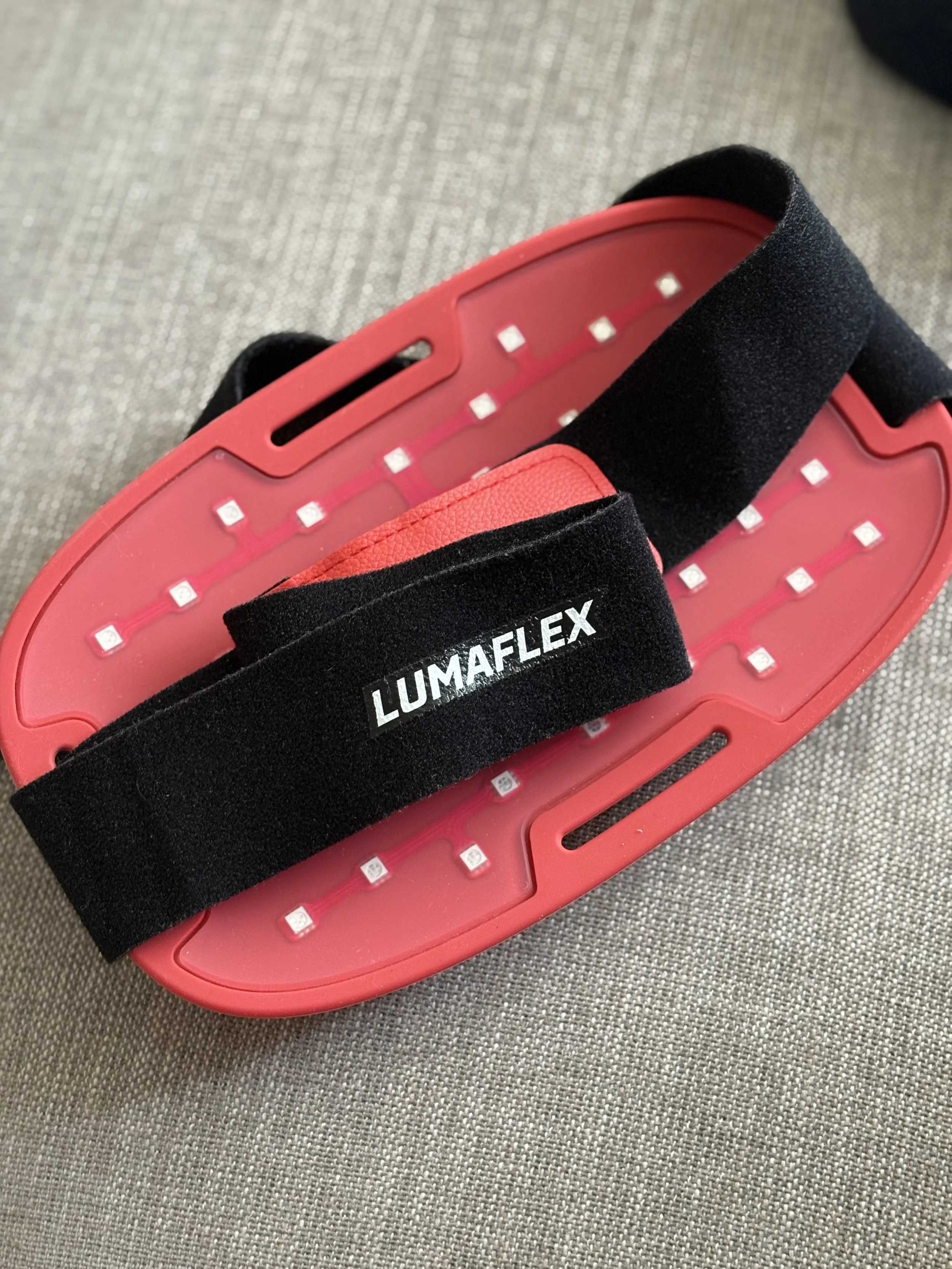
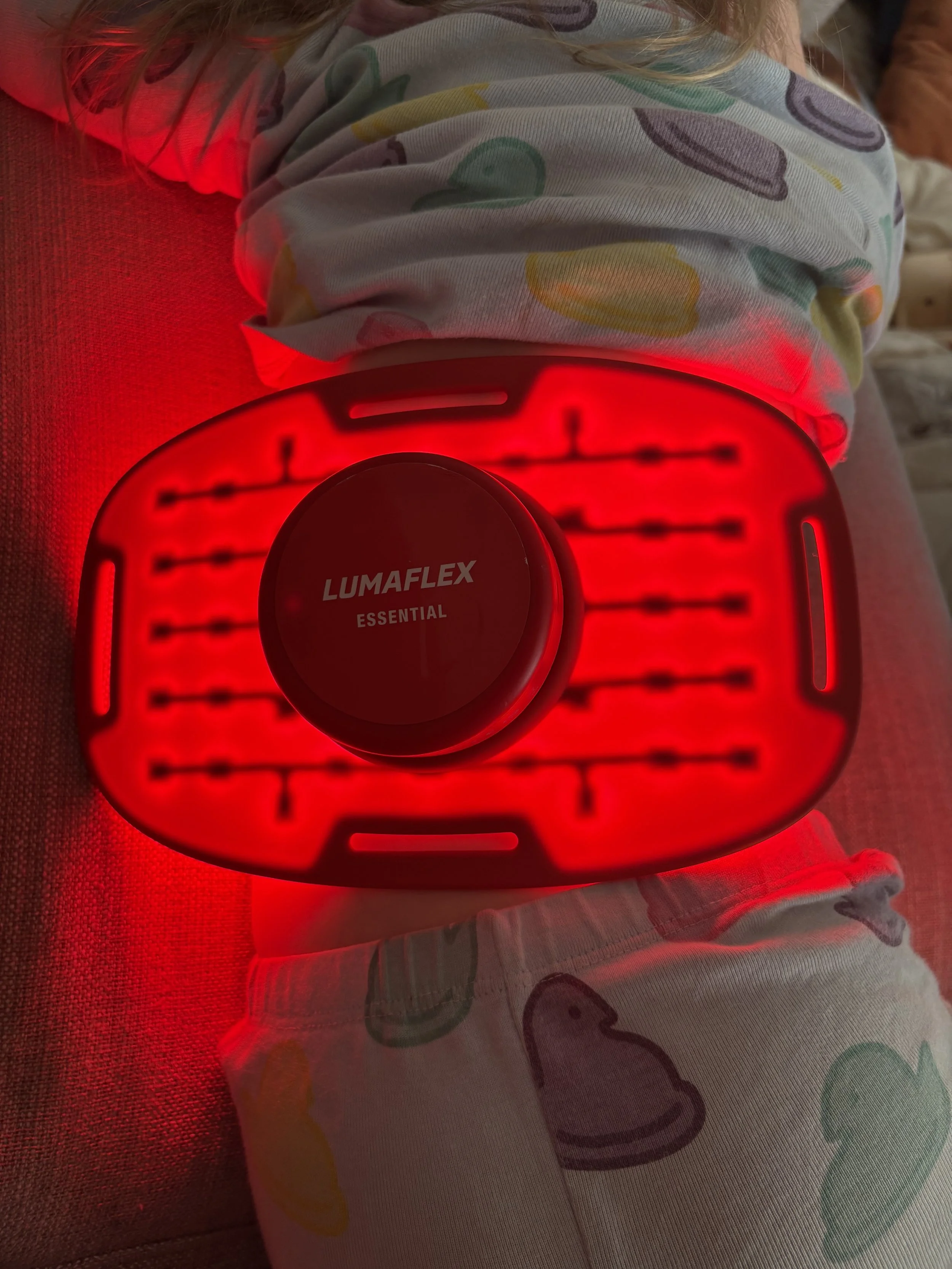
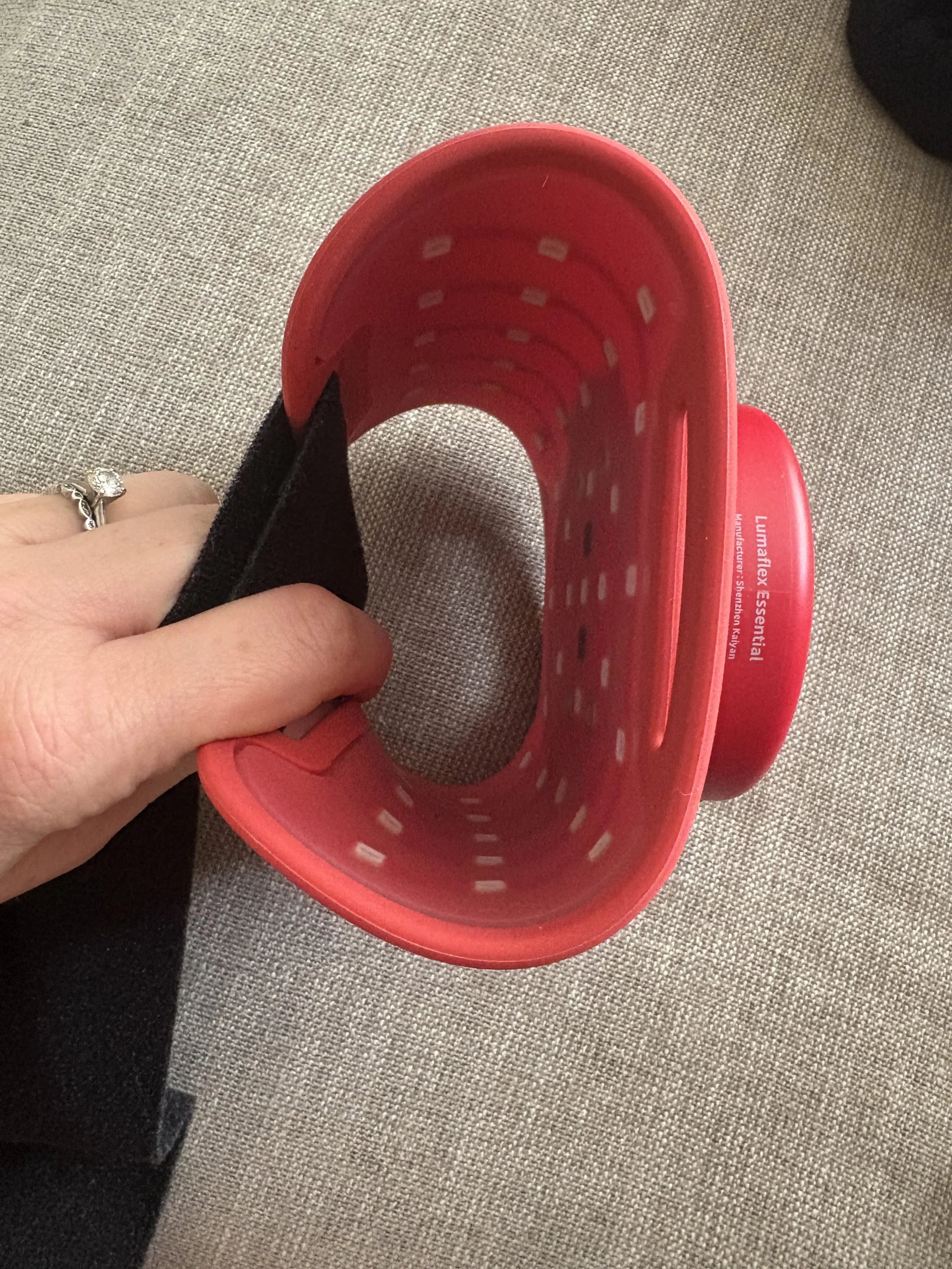

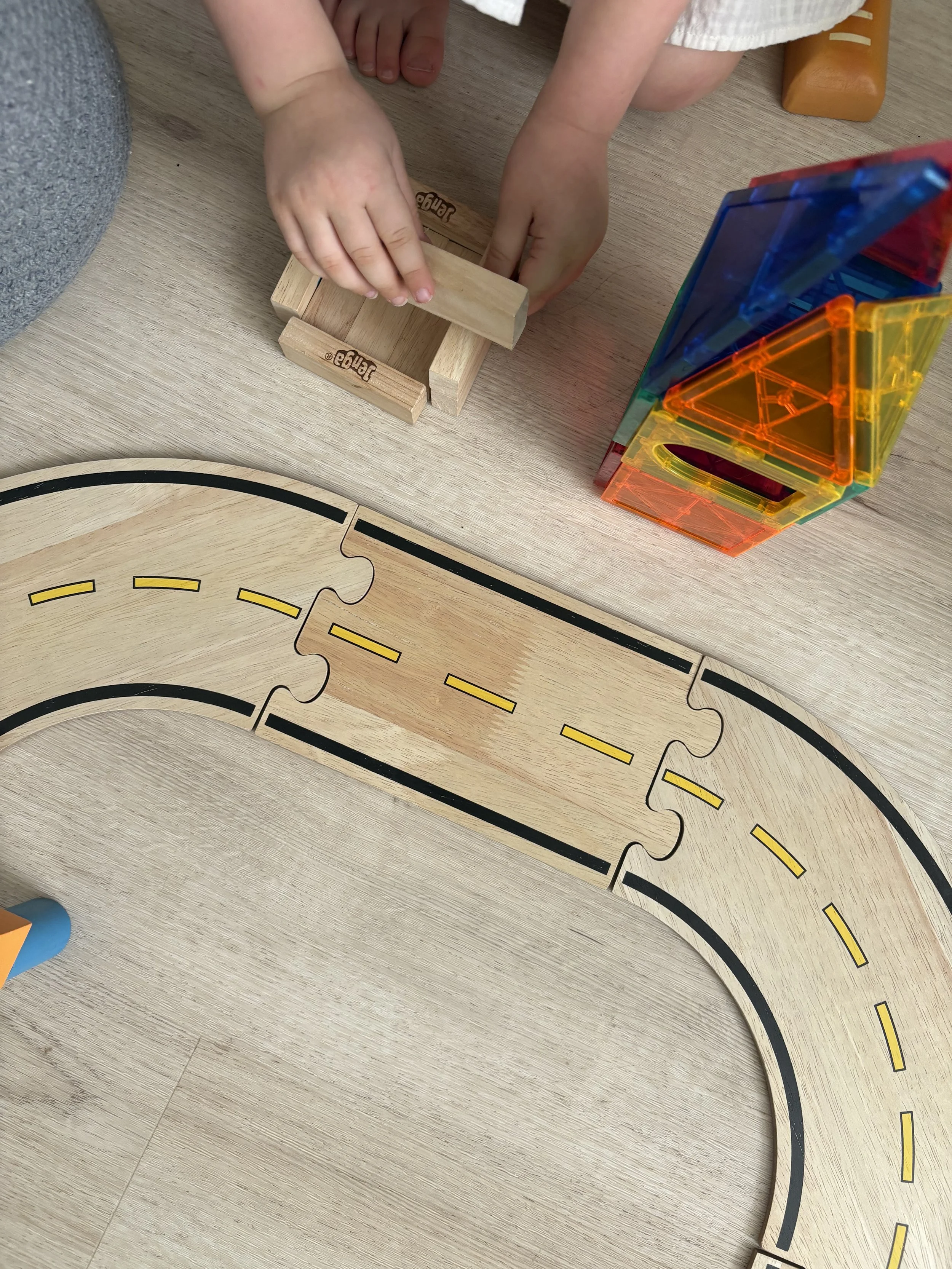

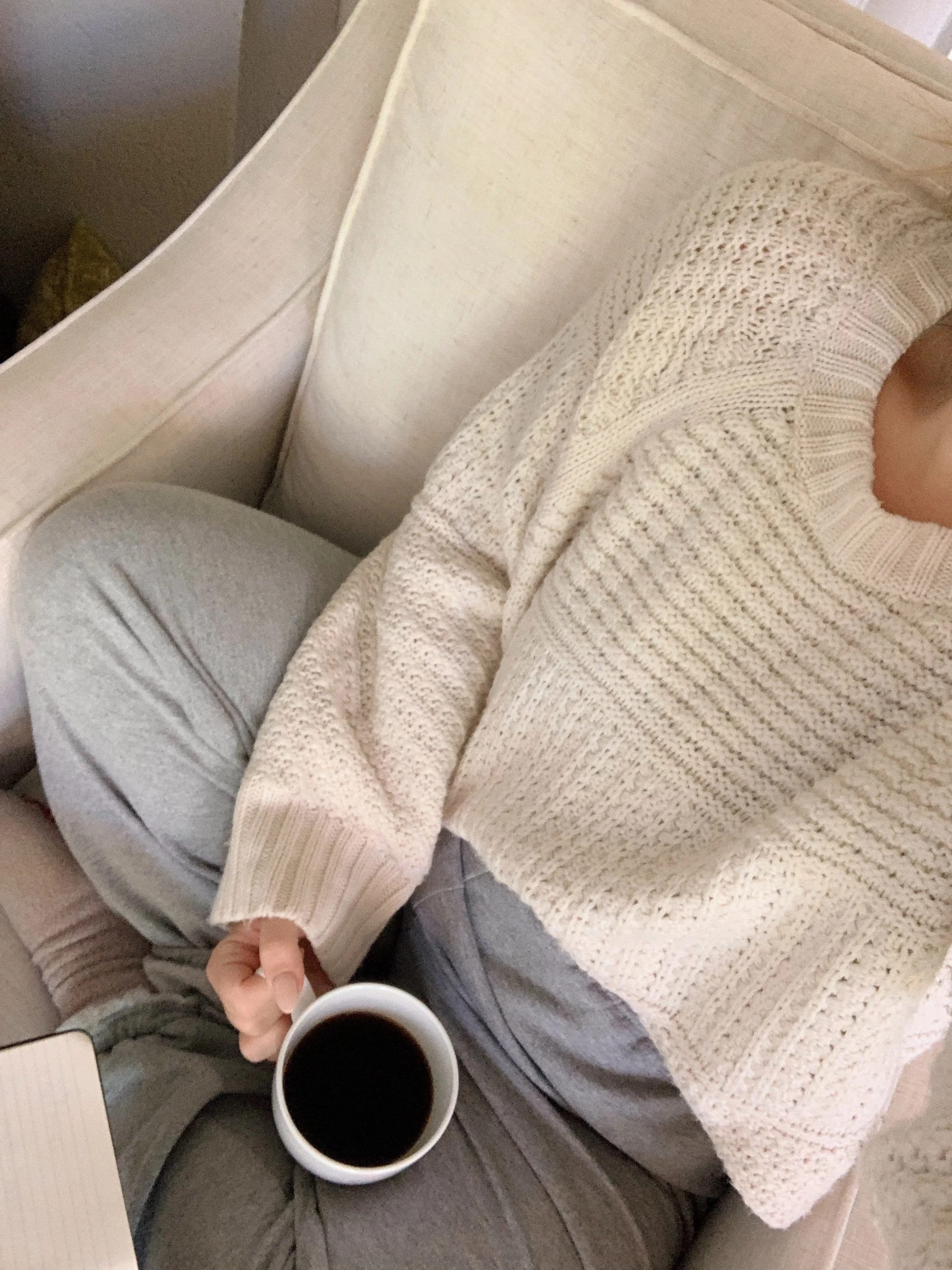
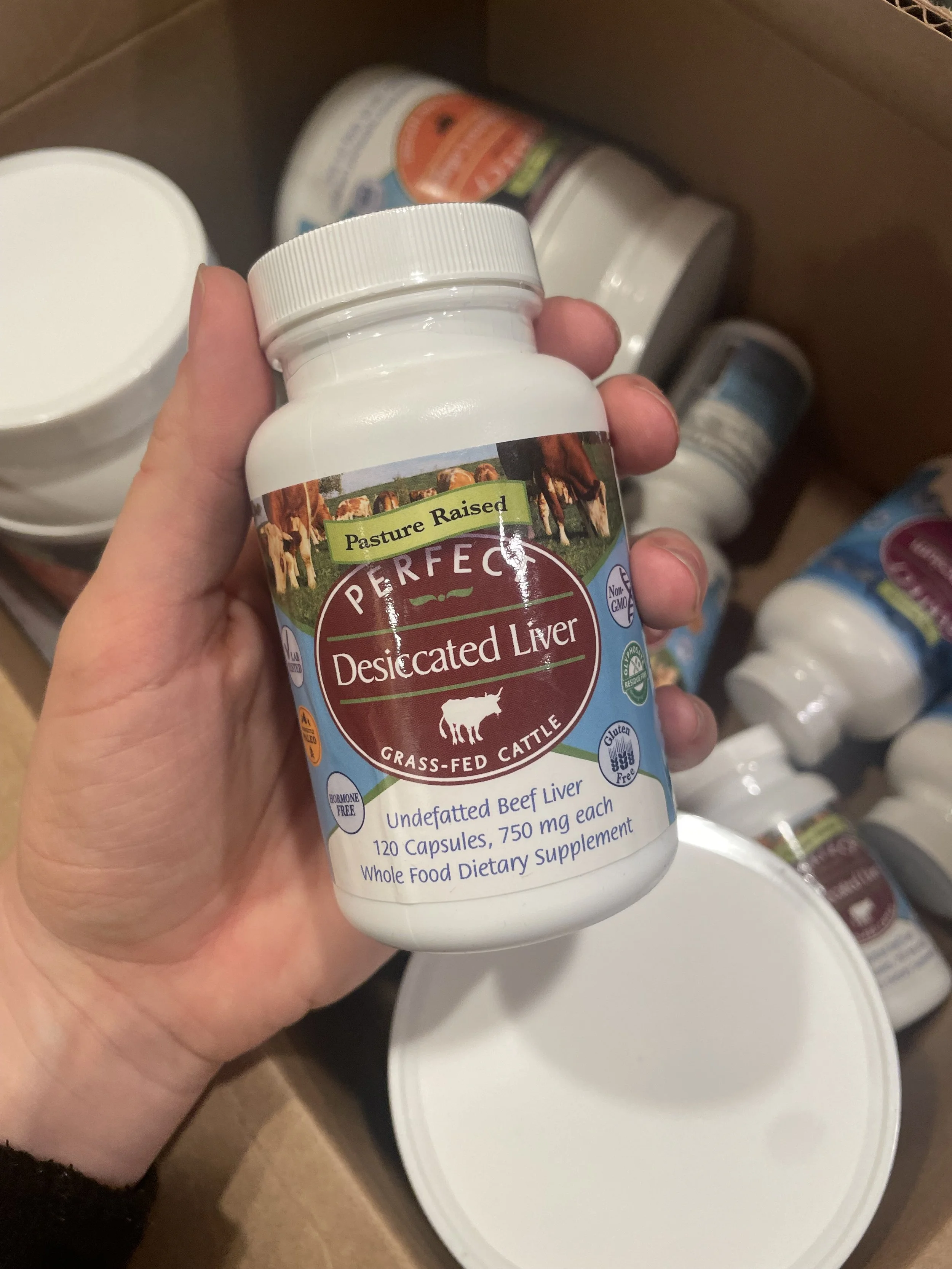

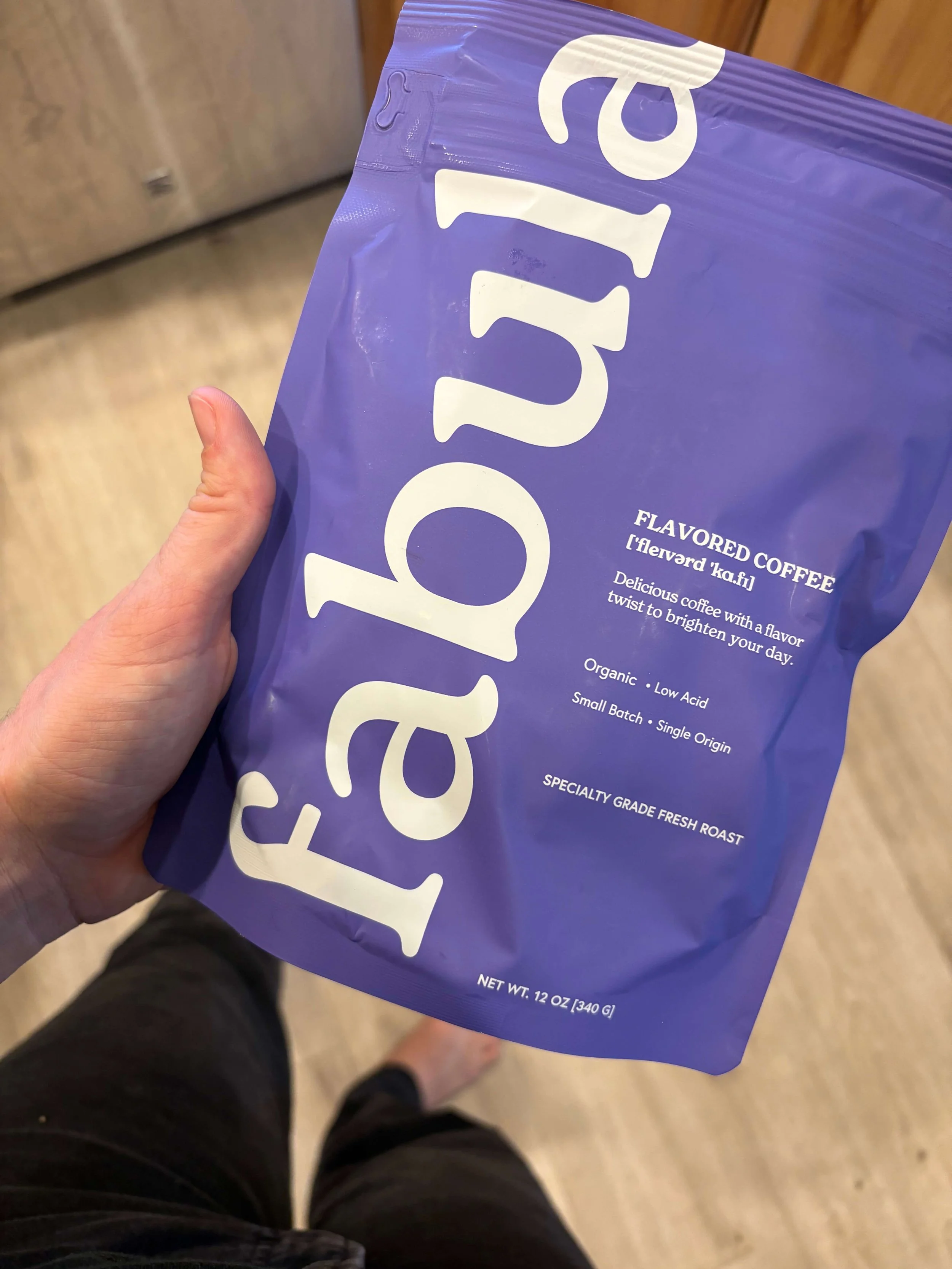

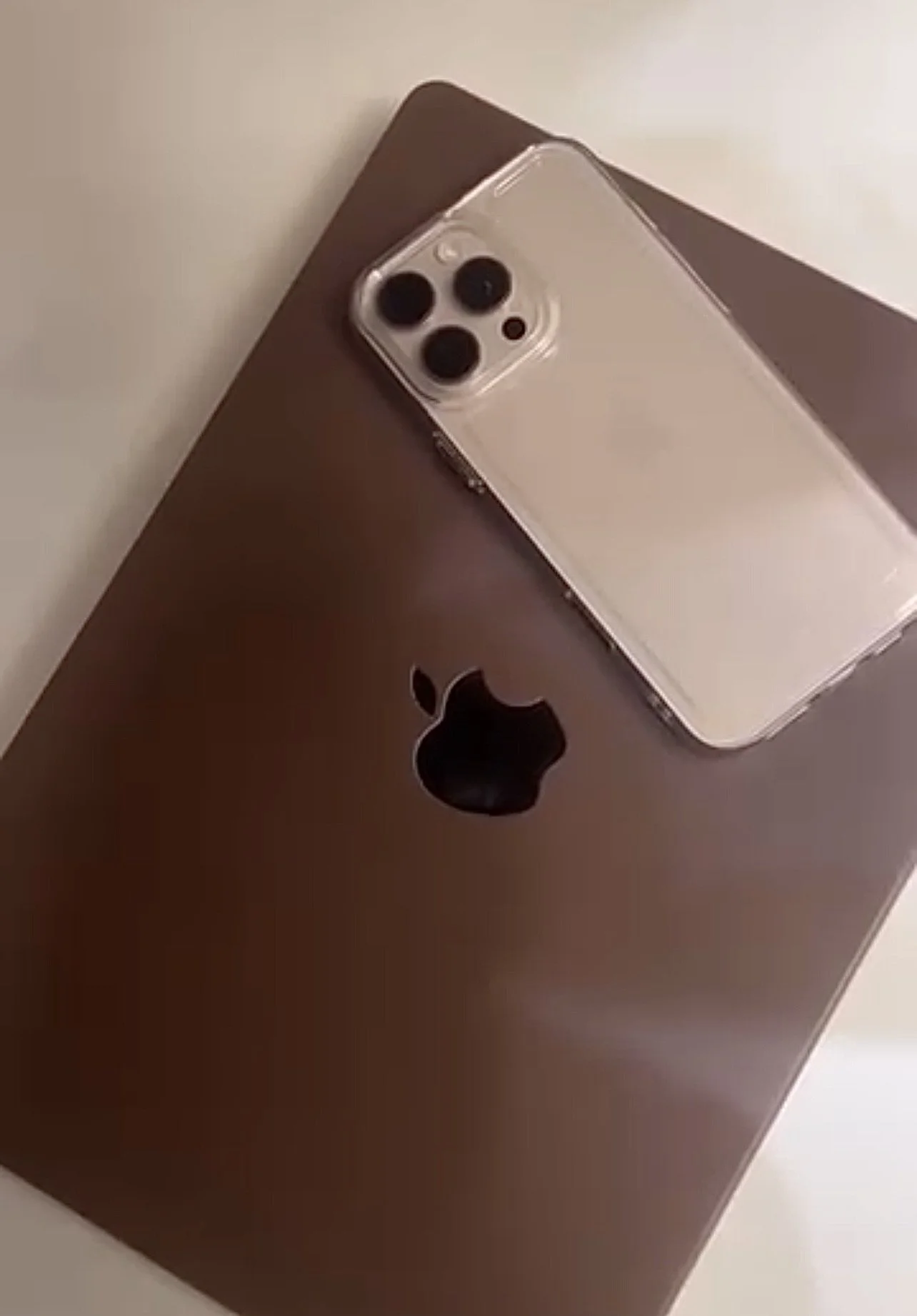


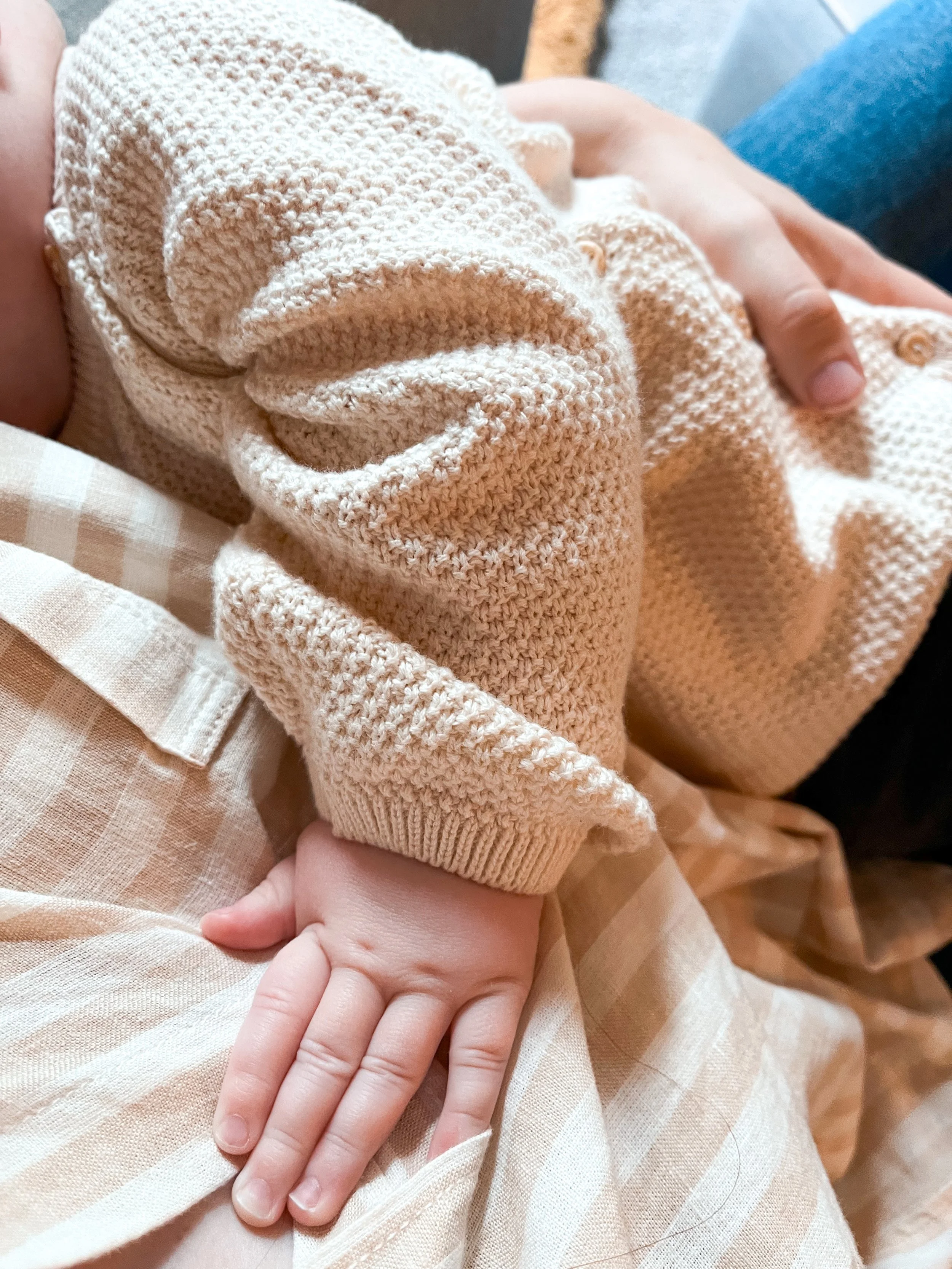
I spent 30 days in October wearing a continuous monitor and learning a ton about my own personal health and nutrition. Here is an inside look!